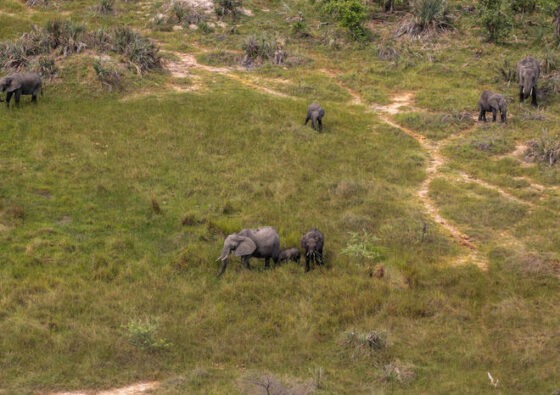Aquaculture is on the rise, and so are efforts to improve it
Published by the World Wildlife Fund WWF works with large retailers, producers, and associations to secure commitments to support conversion-free farmed seafood. Read the full article at: https://www.worldwildlife.org/stories/aquaculture-is-on-the-rise-and-so-are-efforts-to-improve-it




















